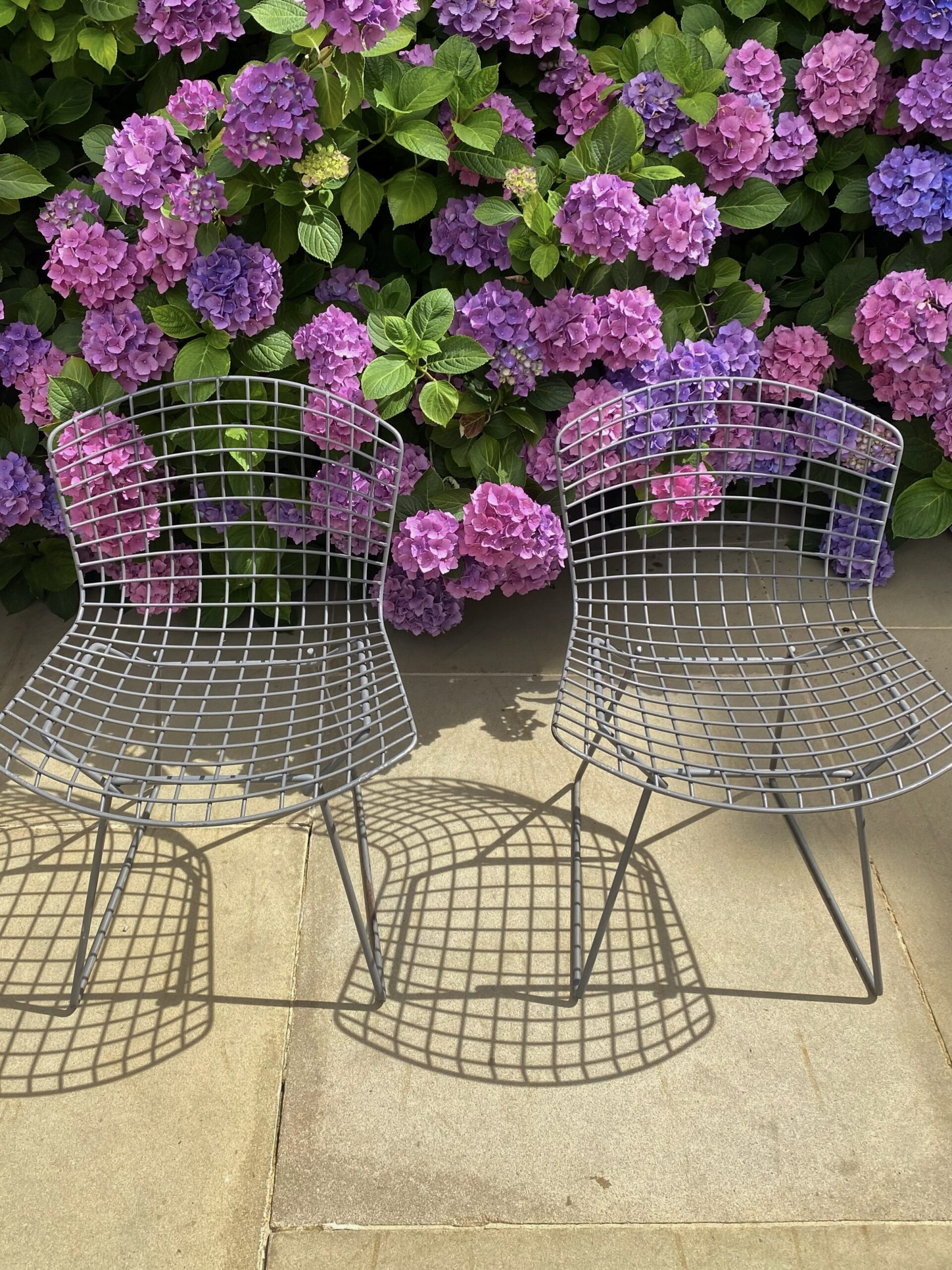
If you’ve ever wondered just how fast a kayak can go, this article is for you. We will delve into the fascinating world of kayaking and explore the speed performance of these unique watercrafts. From the adrenaline-inducing thrill of racing kayaks to the serene glide of recreational models, we’ll uncover the factors that contribute to their speed and give you a glimpse into the exciting world of kayak speed performance. So join us as we set sail on a journey to discover the incredible speed capabilities of kayaks.
Factors Affecting Speed Performance
When it comes to the speed performance of kayaks, there are several key factors that come into play. The design of the hull, the weight of the kayak, its length and width, the materials used, the shape, the presence of chines, the amount of rocker, and even the paddling technique employed by the kayaker can all impact how fast a kayak can go. In this article, we will explore each of these factors in detail to give you a comprehensive understanding of what influences the speed performance of kayaks.
Hull Design
The hull design of a kayak plays a crucial role in determining its speed. There are various types of hull designs, each with its own advantages and disadvantages. Let’s take a closer look at some of the most common hull designs and how they affect the speed performance of kayaks.
Flat Hull
Kayaks with flat hulls tend to offer better initial stability. However, the tradeoff is that they sacrifice some speed. The flat hull creates more resistance against the water, which can slow down the kayak’s overall speed.
Pontoon Hull
A pontoon hull is characterized by two parallel hulls, which provide excellent stability. However, this design tends to sacrifice speed, as the wider base creates more water resistance. Pontoon hulls are commonly found in recreational kayaks, where stability is prioritized over speed.
V-Shaped Hull
Kayaks with a V-shaped hull excel in speed performance. The sharp V-shape cuts through the water, reducing resistance and allowing the kayak to achieve faster speeds. These hulls are often found in racing or touring kayaks, where speed is of utmost importance.
Round Hull
Similar to the V-shaped hull, a round hull design helps reduce water resistance and enhance speed. The round shape allows water to flow smoothly along the sides of the kayak, minimizing drag. This type of hull is commonly seen in high-performance kayaks designed for speed.
Multi-chine Hull
A multi-chine hull combines flat surfaces with multiple angles. This design provides a good balance between stability and speed. The flat surfaces offer initial stability, while the angles help reduce resistance and increase speed.
Planing Hull
A planing hull is specifically designed for maximum speed. The hull is designed to skim over the water rather than cutting through it, allowing the kayak to reach high speeds. However, the tradeoff is reduced stability, so planing hull kayaks are best suited for experienced paddlers.
Swede-form Hull
A swede-form hull features a narrow bow and wider stern. This design enhances speed by reducing water resistance at the front of the kayak and improving tracking capabilities. Swede-form hulls are commonly used in longer-distance kayaking, where speed and efficiency are essential.
Dory Hull
Dory hulls have a curved bottom, which provides stability and maneuverability. While they may not offer the highest speeds, dory hulls excel in rough water conditions, making them a popular choice for whitewater kayaking.

Weight
The weight of a kayak is another important factor when it comes to speed performance. There are three key aspects of weight that can impact how fast a kayak can go: overall weight, load capacity, and the weight of the paddler.
Overall Weight
A lighter kayak will generally be faster than a heavier one. This is because a lighter kayak creates less drag and is easier to accelerate. However, it’s important to find a balance between weight and durability, as extremely lightweight kayaks may sacrifice strength and durability.
Load Capacity
The amount of gear and equipment you carry on your kayak can also affect its speed. Overloading your kayak may cause it to sit lower in the water, increasing drag and reducing speed. It’s important to consider the load capacity of your kayak and pack efficiently to maintain optimal speed performance.
Paddler’s Weight
The weight of the paddler themselves can also impact the kayak’s speed. A heavier paddler may cause the kayak to sit lower in the water, creating more drag. Additionally, the paddler’s weight distribution and body positioning can affect the overall balance and efficiency of the kayak, ultimately influencing its speed.
Length
The length of a kayak is another factor that influences its speed performance. Longer kayaks tend to be faster than shorter ones, as they have a higher potential for longer waterline length. The longer waterline allows the kayak to glide more efficiently through the water, reducing drag and increasing speed.
Longer Length
Kayaks with longer lengths are ideal for paddlers who prioritize speed and efficiency. They offer enhanced tracking capabilities and can maintain their momentum more effectively. However, longer kayaks can be more challenging to maneuver in tight spaces and may require more effort to turn.
Shorter Length
While shorter kayaks may sacrifice some speed, they excel in maneuverability. They are easier to turn and navigate through tight spaces. Shorter kayaks are popular for recreational use, where speed is not the primary concern.

Width
The width of a kayak also affects its speed performance. The width of the kayak’s hull determines its overall stability and the amount of water resistance it encounters.
Narrower Width
Narrower kayaks offer less resistance to the water, resulting in higher speeds. They are more streamlined and allow for a more efficient paddling stroke. However, narrow kayaks tend to be less stable, especially for beginners, and may require more skill to maintain balance.
Wider Width
Wider kayaks provide greater stability, making them an ideal choice for beginners or those looking for a more relaxed paddling experience. However, the increased width also means more water resistance, which can slow down the kayak. Wider kayaks are typically better suited for recreational use rather than competitive speed.
Material
The material used in the construction of a kayak can have a significant impact on its speed performance. Different materials offer varying levels of strength, weight, and durability, all of which can affect the overall speed of the kayak.
Plastic
Plastic kayaks, often made from polyethylene, are popular due to their affordability and durability. While plastic kayaks may not be the lightest option, they offer good speed performance and are suitable for a variety of paddling activities.
Fiberglass
Fiberglass kayaks are known for their lightweight and excellent speed performance. They are responsive to the paddler’s movements and can glide effortlessly through the water. However, fiberglass kayaks tend to be more expensive and are more susceptible to damage than plastic kayaks.
Carbon Fiber
Considered the epitome of high-performance kayaks, carbon fiber kayaks are incredibly lightweight and incredibly fast. They offer exceptional speed, agility, and responsiveness. However, their high price tag makes them less accessible for the average paddler.
Wood
Wooden kayaks are renowned for their beauty and craftsmanship. They offer a unique paddling experience and can be customized to individual preferences. While wood kayaks may not be as fast as some other materials, they still provide a satisfying speed performance and are loved by enthusiasts for their aesthetic appeal.

Shape
The shape of a kayak’s hull and its overall design can greatly impact its speed performance. Different shapes interact with the water in unique ways, affecting the kayak’s drag, stability, and maneuverability.
Tumblehome
Tumblehome refers to the inward angle of the kayak’s sides from the top edge of the hull to the waterline. A kayak with a pronounced tumblehome offers enhanced speed by reducing the surface area in contact with the water. This design also improves stability during paddling.
Flare
Flare is the outward angle of the kayak’s sides from the waterline to the top edge of the hull. Kayaks with a flare design offer increased stability, especially in rough conditions. However, excessive flare can create more drag and slow down the kayak.
Swedeform Shape
The Swedeform shape, also known as fish form or needle form, features a narrower bow combined with a wider stern. This shape helps to reduce resistance and turbulence at the front of the kayak, allowing for improved speed and efficiency. The wider stern provides stability and enhances tracking capabilities.
Chines
The presence and type of chines on a kayak can significantly impact its speed and overall performance. Chines are the distinct changes in the cross-sectional shape of the kayak’s hull.
Hard Chine
Hard chines are characterized by sharp, defined angles between the kayak’s hull surfaces. Kayaks with hard chines tend to provide better stability and have a more responsive feel. However, the hard angles can increase drag and impact speed performance.
Soft Chine
In contrast to hard chines, soft chines feature smooth, rounded transitions between the hull surfaces. Kayaks with soft chines offer increased speed and efficiency by reducing drag. They may sacrifice some initial stability but excel in delivering superior performance and speed.
Rocker
The rocker of a kayak refers to its curvature from bow to stern. The amount of rocker a kayak has can impact its speed, maneuverability, and stability.
More Rocker
Kayaks with more rocker have a greater curvature. This design enhances maneuverability, making it easier to turn and maneuver in tight spaces. However, excessive rocker can reduce the kayak’s overall speed, as it creates more drag and makes it more challenging to maintain momentum.
Less Rocker
Kayaks with less rocker have a flatter bottom and less curvature. This design promotes speed and efficiency by minimizing drag and allowing the kayak to glide effortlessly through the water. However, reduced rocker limits maneuverability, making it harder to navigate in tight or turbulent conditions.
Paddling Technique
While the design and characteristics of the kayak play a significant role in speed performance, the technique employed by the kayaker also factors into how fast a kayak can go.
Strokes
Using efficient paddling strokes is crucial for maximizing speed. Proper technique, such as a high-angle stroke or a low-angle stroke, can help generate more power and propel the kayak forward with less effort. Consistency in stroke technique and maintaining a consistent cadence can also contribute to increased speed.
Efficiency
Efficiency is key when it comes to speed. Minimizing unnecessary movements, maximizing the transfer of power from the paddler to the kayak, and maintaining a streamlined position can all help improve overall efficiency. A strong core, proper body posture, and smooth paddle entry and exit are essential aspects of an efficient paddling technique.
Pace
Finding the right pace or rhythm is important for maintaining speed. Paddling with a consistent cadence allows for a consistent transfer of power to the kayak, maximizing forward momentum. An overly fast pace may lead to fatigue, while a slow pace can hinder speed performance. Finding the right balance ensures optimal speed and efficiency.
Body Position
The paddler’s body position in the kayak can impact speed performance. Leaning slightly forward, engaging the core muscles, and maintaining an upright posture helps in transferring power effectively and minimizing unnecessary drag. Proper body positioning allows for an efficient transfer of energy and improved speed.
Rotation
Engaging the core muscles and incorporating rotation into each paddle stroke can greatly enhance speed. Rotating the torso with each stroke allows for a more powerful and efficient paddle stroke, generating more forward momentum. The core muscles are stronger than the arms alone, and utilizing them in the paddling technique can contribute to increased speed.
Now that you have a comprehensive understanding of the various factors that affect speed performance in kayaks, you can make informed decisions when choosing a kayak and optimizing your paddling technique. Remember, finding the right balance between speed and other desired features, such as stability and maneuverability, is key to enjoying your kayaking experience to the fullest. So grab your paddle, hop in your kayak, and feel the thrill of gliding through the water at top speed!









